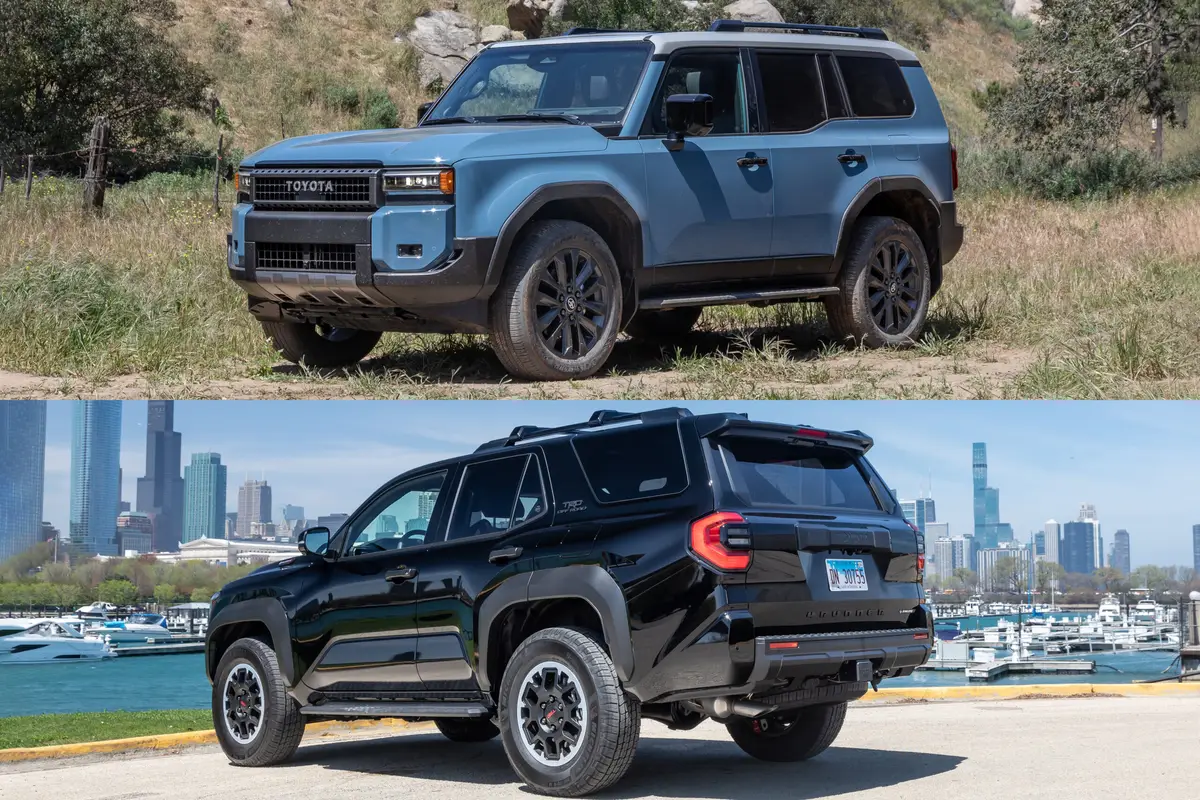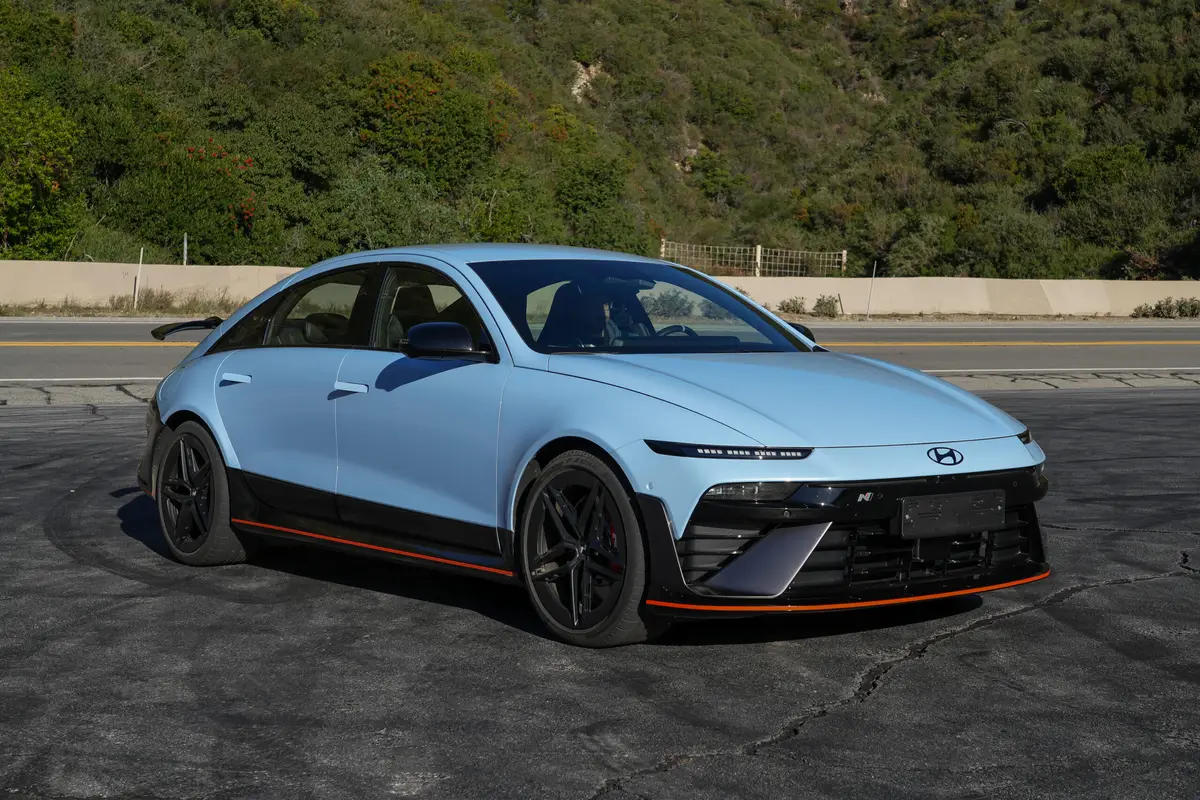J.D. Power Vehicle Dependability Study Puts Lexus First, Again


CARS.COM — Make it five. Lexus garnered the top spot in J.D. Power and Associates’ Vehicle Dependability Study for the fifth consecutive year. It was found to be America’s most problem-free brand over the first three years of new-car ownership.
Related: Toyota, Lexus Top Cars.com’s 2015 Worry-Free Index
Porsche ranked second, while GM’s Buick, GMC and Chevrolet brands placed third, fifth and sixth, respectively. Toyota ranked fourth. It’s nearly a repeat showing for the Lexus, Buick and Toyota brands, which held the top three spots in last year’s VDS.
The influential study, which rates problems experienced three years into new-car ownership, surveyed 33,560 original owners of model-year 2013 vehicles. The 2016 VDS found an average of 152 problems per 100 cars; that’s up versus the 2015 VDS’ 147 problems per 100 cars (at the time, 2012 model-year vehicles).
Here are the top brands and cars per segment, according to J.D. Power and Associates:
2016 Nameplate VDS Ranking (Problems Per 100 Vehicles)
Lexus: 95
Porsche: 97
Buick: 106
Toyota: 113
GMC: 120
Chevrolet: 125
Honda: 126
Acura: 129
Ram: 129
Lincoln: 132
Audi: 134
Mercedes-Benz: 135
Infiniti: 136
BMW: 142
Cadillac: 145
Volvo: 152
Industry Average: 152
Kia: 153
Mini: 155
Hyundai: 158
Mitsubishi: 161
Mazda: 163
Chrysler: 165
Subaru: 166
Scion: 167
Volkswagen: 169
Fiat: 171
Nissan: 173
Jeep: 181
Land Rover: 198
Smart: 199
Ford: 204
Dodge: 208
Award recipients
Cars
City Car: Fiat 500
Small Car: Honda Fit
Compact Car: Buick Verano
Compact Sport Car: Mini Cooper, Mini Coupe/Roadster
Compact Premium Car: Lexus ES
Midsize Car: Chevrolet Malibu
Midsize Sport Car: Chevrolet Camaro
Midsize Premium Car: Lexus GS
Large Car: Buick LaCrosse
Trucks
Small SUV: Buick Encore
Compact MPV: Toyota Prius v
Compact SUV: Chevrolet Equinox
Compact Premium SUV: Mercedes-Benz GLK-Class
Midsize SUV: Nissan Murano
Midsize Premium SUV: Lexus GX
Minivan: Toyota Sienna
Large SUV: GMC Yukon
Large Light-duty Pickup: Toyota Tundra
Large Heavy-duty Pickup: Chevrolet Silverado HD
Dodge, Ford, Smart, Land Rover and Jeep rounded out the bottom five out of the 32 brands ranked. Fiat Chrysler Automobiles, whose brands include Dodge, has been a repeat struggler in the VDS, but this is Ford’s worst finish in years. As recently as the 2012 VDS (at the time rating 2009 model-year cars) the brand ranked well above average.
Renee Stephens, vice president of U.S. automotive at J.D. Power, pointed toward Ford’s problematic MyFord Touch multimedia system.
“They were innovators, they were the first ones in, but took a lot of hits for it,” Stephens told Cars.com. “There were not only concerns; there were software glitches.”
She added that newer data suggests Ford is on the upswing since then, but multimedia systems still represent a larger bugaboo for the industry. J.D. Power says 20 percent of consumer-reported problems stem from audio, communications, entertainment and navigation systems.
It aligns with the firm’s Initial Quality Study, which finds that in-car technology is a consumer gremlin through the first three months of new-car ownership. Evidently consumers still find it a problem several years later.
Faulty Bluetooth connectivity, misinterpreted voice commands and unintuitive or inaccurate navigation systems were among the most-reported problems in the 2016 study. It’s a longstanding issue: In-car tech has been a top problem in past reliability studies from both J.D. Power and Associates and Consumer Reports.
Automakers increasingly offer software updates to address problems, but J.D. Power says those have had mixed results.
Stephens said that the study asked consumers specifically if software updates helped with any observed problems, and some responded that the updates did.
But “others are saying that, ‘Well I had to go back [to the dealership] several times or it partially helped or it did not help at all,’ ” Stephens said.
Still, a lot of problems are what J.D. Power calls “design-related,” meaning they’re something owners specifically don’t like versus something that breaks. Design-related problems accounted for 39 percent of all reported issues in the 2016 study, up from 37 percent in 2015.
What’s more, 61 percent of problems are objective defects, which are “obviously still important,” Stephens said. But “for consumers, their definition of what reliability and durability is has changed over time. … Now they’ve expanded it to usability.”
Whatever the problem, fewer of them drive higher brand loyalty. J.D. Power says 55 percent of consumers who experience no problems with their car say they’ll purchase the same brand again. After at least three problems, that drops to 41 percent.

Former Assistant Managing Editor-News Kelsey Mays likes quality, reliability, safety and practicality. But he also likes a fair price.
Featured stories



